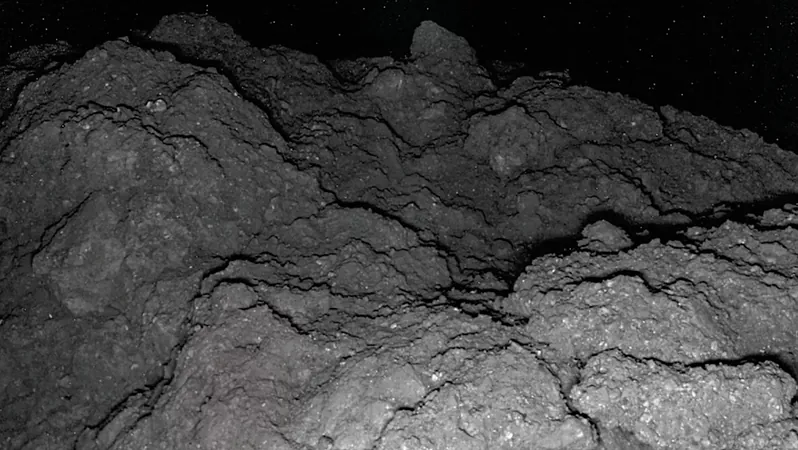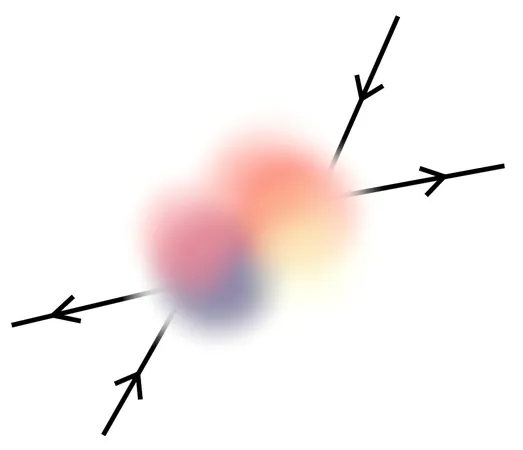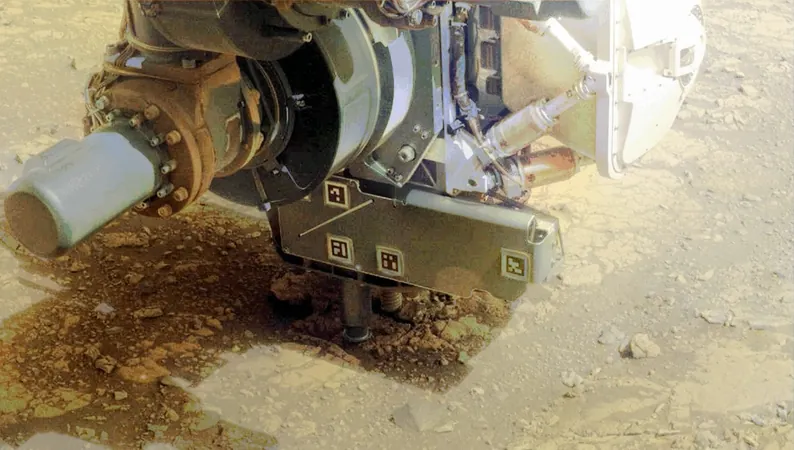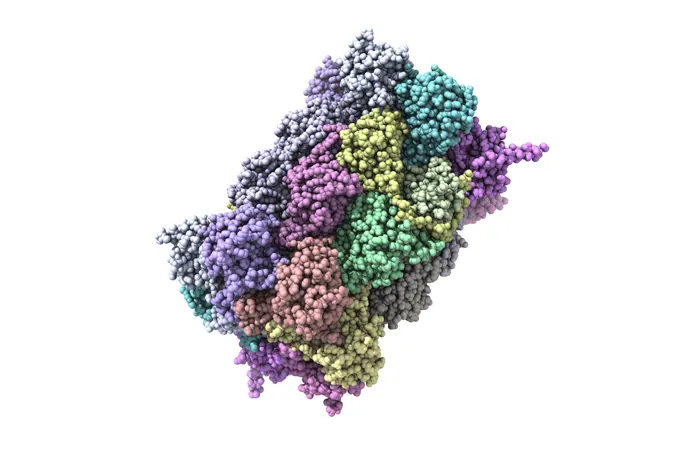
Unlocking the Secrets of the Solar System: The Role of Amino Acids in Chondrite Meteorites
2025-06-10
Author: Mei
Exploring the Origins of Life Through Meteorites
Carbonaceous chondrite (CC) meteorites are not just space rocks; they are ancient fragments from the early solar system, holding vital clues about the organic matter that could hint at the origins of life. With amino acids being the building blocks of life on Earth, studying these compounds in extraterrestrial samples might just unlock the mysteries of prebiotic chemistry and perhaps even reveal hints of life beyond our planet.
A Deep Dive into Asteroid Samples
Recent research analyzed amino acid concentrations in 42 CC samples, including those returned from asteroids Ryugu and Bennu. This study sought to uncover the connections between amino acid composition and the processes these parent bodies underwent. Through thorough statistical evaluations of molecular distributions and abundances, the researchers explored how these organic species are linked to thermal and aqueous processing.
The Search for Anti-Biosignatures
The study also examined whether the ratios of amino acids found in meteorites could serve as anti-biosignatures. Despite some trends emerging, the relationships between amino acid distributions and factors like hydrogen, carbon, and nitrogen contents were largely inconclusive. This suggests a need for larger sample sets to strengthen the findings.
Astonishing Discoveries on Asteroids Ryugu and Bennu
One notable finding was that Ryugu's samples displayed significant variations in amino acid content, despite their similar elemental makeup, indicating a rich diversity in their parent body processes. Additionally, no strong correlations were observed between amino acid concentrations and hydrogen, carbon, or nitrogen content, raising questions about our ability to predict amino acid abundances based on elemental data alone.
Diverse Pathways Ahead
Though Ryugu and Bennu may originate from a shared, Ceres-like parent body, the differences in their chemical compositions hint at varied evolutionary trajectories. Further breakdown through principal component analysis of the amino acid and elemental data revealed unique groupings, placing Ryugu in a potentially distinct category and Bennu within the C2-ung chondrite classification.
A Call for Continued Exploration
These intriguing findings highlight the importance of ongoing studies into these fascinating materials, especially considering the unique nature of the asteroid samples we can now analyze. As we continue to explore the cosmos and decipher the origins of life, the role of amino acids in carbonaceous chondrites will undoubtedly be pivotal in our quest for knowledge.






 Brasil (PT)
Brasil (PT)
 Canada (EN)
Canada (EN)
 Chile (ES)
Chile (ES)
 Česko (CS)
Česko (CS)
 대한민국 (KO)
대한민국 (KO)
 España (ES)
España (ES)
 France (FR)
France (FR)
 Hong Kong (EN)
Hong Kong (EN)
 Italia (IT)
Italia (IT)
 日本 (JA)
日本 (JA)
 Magyarország (HU)
Magyarország (HU)
 Norge (NO)
Norge (NO)
 Polska (PL)
Polska (PL)
 Schweiz (DE)
Schweiz (DE)
 Singapore (EN)
Singapore (EN)
 Sverige (SV)
Sverige (SV)
 Suomi (FI)
Suomi (FI)
 Türkiye (TR)
Türkiye (TR)
 الإمارات العربية المتحدة (AR)
الإمارات العربية المتحدة (AR)